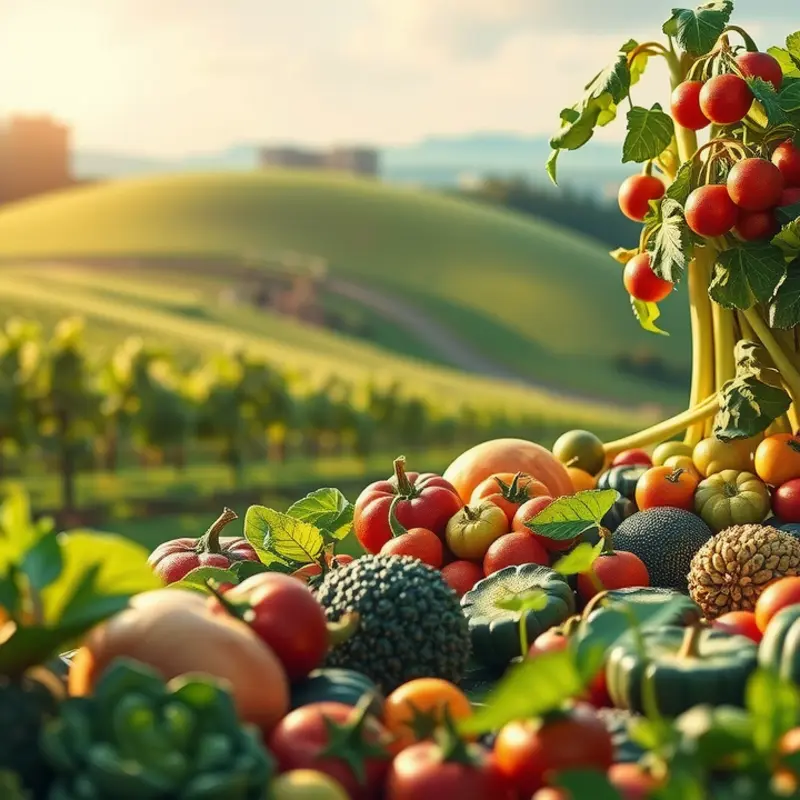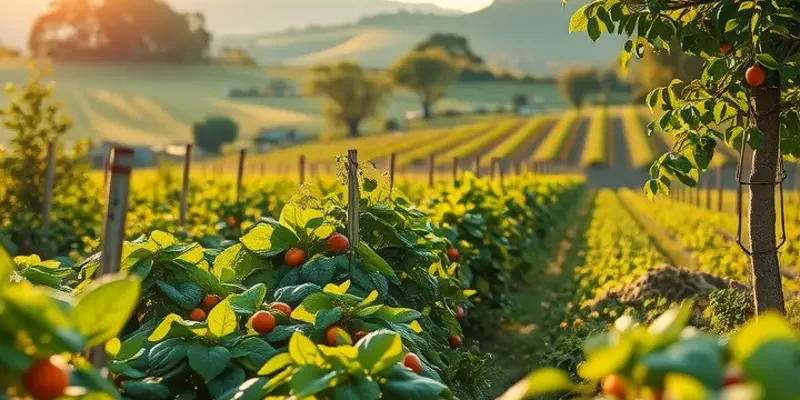Creating a rich, flavorful reduction elevates any dish, from a simple pasta to a gourmet steak. Whether you’re a beginner or a seasoned cook, understanding how to make reductions can enhance your cooking significantly. This guide will provide you with easy-to-follow techniques for achieving flavorful reductions that will impress your family and friends.
Understanding the Basics of Reduction

Reduction is a technique in cooking that involves simmering a liquid over low heat until its volume decreases through evaporation. This process not only thickens the liquid but also concentrates its flavor, creating a more intense and complex taste profile. As the liquid reduces, the flavors meld together, transforming a simple broth or juice into a rich sauce or glaze.
There are several core types of reductions, each used to enhance different dishes. Stock reductions, such as chicken, beef, or vegetable stock, are staples in many cuisines. These stocks become the foundation of sauces like demi-glace or jus, adding depth to roasted meats. Wine reductions are another common type, often used in French cooking. They incorporate the wine’s acidity and fruitiness into dishes, balancing richness with brightness.
Vinegar reductions, also known as gastriques, are popular for their sweet and tangy notes. They are typically used to create a syrupy glaze for both savory and sweet dishes. Lastly, fruit juice reductions can add natural sweetness and intense fruit flavors, ideal for dessert or as a sweet contrast in savory dishes.
Choosing the right liquid to reduce depends on the dish you are aiming to enhance. Consider the flavor profile you wish to achieve. A wine reduction might be perfect for a beef dish but overpower shrimp. The best results come from liquids with a robust initial flavor, as this will intensify upon reduction.
When looking to achieve the perfect consistency, patience is key. Begin with low to medium heat, allowing the liquid to simmer gently. Stir occasionally to prevent sticking. The aim is for a consistency that coats the back of a spoon without running off. If not careful, regular stirring can break emulsions or over-thicken the sauce.
It’s crucial to consider the overall balance of the finished dish. A reduced sauce is concentrated, so less is often more. Too much reduction can overpower subtle flavors. Taste periodically and adjust seasonings only at the end, as salts and sugars concentrate along with the liquid.
Crafting flavorful reductions not only enhances your dishes but also reduces food waste by utilizing every component of your ingredients. For further insights on minimizing waste in the kitchen, explore low-waste cooking and prep strategies.
Carefully crafted reductions are the hallmark of a seasoned cook, transforming simple meals into exceptional culinary experiences.
Techniques for Achieving Perfect Reductions

Crafting perfect reductions can transform a simple dish into a culinary masterpiece, elevating flavors with intensity and depth. The essence of a good reduction lies in the balance of heat, time, seasoning, and aromatics, all working in harmony to concentrate flavors without overwhelming the palate.
Control over Heat and Time: Achieving the perfect reduction begins with understanding the critical relationship between heat and time. Start with a moderate heat to bring your liquid to a gentle simmer—never a rolling boil—as too much heat can cause proteins and sugars to burn, resulting in bitter notes. A simmer preserves flavor while allowing for a steady evaporation of water. Monitor the liquid’s texture and aroma periodically; the reduction is complete when it coats the back of a spoon evenly.
Handling Seasoning: It’s crucial to exercise restraint when seasoning during the reduction process. As flavors concentrate, so does the intensity of any salt or spice. Begin with minimal seasoning, often just a pinch. Taste intermittently and adjust only at the end. This ensures the reduction doesn’t become overly salty or spicy once thickened, maintaining a harmonious flavor balance.
Use of Aromatics: Integrating aromatics such as onions, garlic, herbs, and other vegetables enhances the depth and complexity of a reduction. For instance, shallots and garlic work beautifully in a wine reduction. Always start by sautéing aromatics in a little oil or butter at the beginning of the process, which releases essential oils and flavors that become more pronounced as the liquid reduces.
Finishing Touches: To finish reductions with maximum flavor impact, consider incorporating a touch of acid or sweetness to round out the flavors. Balsamic vinegar, lemon juice, or a drizzle of honey can enhance the end profile, bringing harmony and brightness to an otherwise rich concentrate. Additionally, whisk in a small knob of butter or a splash of cream in the final moments to add a velvety texture and glossy sheen to your sauce.
Storing Reductions: Proper storage of reductions allows these flavorful concentrates to be used in future culinary creations. Allow the reduction to cool before transferring it to airtight containers or jars, which can be stored in the refrigerator for up to a week. For longer storage, consider freezing your reductions in ice cube trays. Once frozen, transfer the cubes to a zip-lock bag, which allows for easy portioning and quick use in various dishes. For more detailed information on sauce storage, explore safer storage of sauces.
Mastering reductions requires a mix of patience, observation, and intuition. By maintaining control over the process and focusing on layering each component correctly, you can craft reductions that infuse dishes with unparalleled depth and complexity.
Final words
Perfecting the art of reductions can significantly enhance your cooking by intensifying flavors and adding depth to your dishes. By understanding the basics and practicing the techniques outlined in this guide, you’ll gain confidence in your ability to create rich, savory sauces and other culinary delights. Be patient and experiment with different ingredients; every reduction tells a unique flavor story. Keep cooking, keep tasting, and soon, you’ll be creating reductions that elevate your meals like never before.







